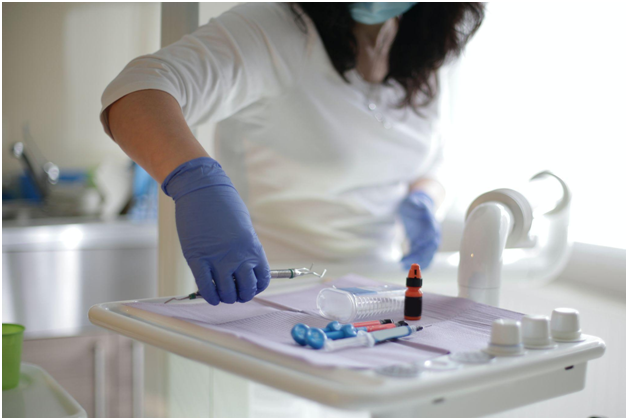The COVID pandemic saw vaccine research and development at an unprecedented rate as the world reeled from the rapid spread of the Coronavirus. Today, many people are still skeptical of the effect of the vaccines and others who have not received access to a vaccine yet. Understanding how vaccines work is essential for making informed decisions regarding your health. As we prepare for future pandemics, here are the basics of how vaccines work and how they are developed.
Types of Vaccines
Several types of vaccines are all made using different techniques but for the same function: to trigger an immune response in the patient that will protect them from the virus. All vaccines, therefore, hold an antigen which is the component of the vaccine that causes the response. Here are the different types of vaccines and how their antigens work.
Active and Inactive Attenuated Vaccines
Active attenuated vaccines are a traditional form of vaccine that utilizes an active pathogen to generate the immune response. This active virus is passed repeatedly through animal cells which slightly alter and weaken the virus until it can no longer replicate easily in human cells. This weakened version of the virus is used in the vaccine and is enough to trigger the immune response and build immunity but not strong enough to replicate. There is a risk of the pathogen reverting to a replicable form after injection with live vaccines.
Inactive or killed vaccines use the same pathogens as active vaccines, but the pathogens are functionally destroyed before being placed in the vaccine. Though this virus is dead and holds no risk of replicating in the patient, the proteins and physical structure of the virus remain intact, which is enough to trigger that immune response. Though there is no risk of replication, inactive vaccines typically do not offer as long resistance and will require getting booster shots to maintain your immunity.
Toxoids
Toxoids are similar to inactive vaccines, but instead of fortifying your immune system against a specific virus, it offers protection against certain toxins released by pathogens that cause the disease. Vaccines using inactive toxins have similar lengths of resistance as inactive vaccines using bacteria.
Subunit and Conjugate Vaccines
Subunit and conjugate vaccines use only parts of the pathogen they target to trigger the immune response. Subunit vaccines are created by isolating a specific protein from the pathogen and using it as the antigen component. They can also be genetically engineered by inserting a vaccine protein’s gene code into producer cells that will metabolize and generate more vaccine proteins. This process results in a recombinant vaccine that uses recombinant proteins that the immune system will recognize and use to fight the virus in the future. Companies like Avantor offer a “global distribution network and wide range of services to develop a more efficient recombinant protein manufacturing process.” Creating gene-based vaccines requires high-quality manufacturing and reliable distribution. With groups like Avantor, these modern vaccines can be safely and reliably manufactured and distributed quickly to large populations.
mRNA
mRNA vaccines are the most recently developed method for creating vaccines. mRNA or messenger RNA is the strand in DNA that holds the blueprints for protein production. By isolating the mRNA strand for the ‘spike’ protein on the coronavirus, scientists could create mRNA COVID vaccines that are highly effective. Once inoculated, the body’s cells will discover the mRNA sequence and begin building similar proteins and producing antibodies. This immune response triggers specialized cells which will seek out and destroy any pathogens with similar ‘spike’ proteins. mRNA vaccines are much more effective and longer-lasting than traditional attenuated vaccines or toxoids.
Understanding the basics of how vaccines work can help prepare you for the next pandemic and give you more insight when making decisions for your health.



